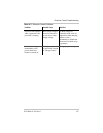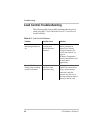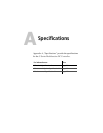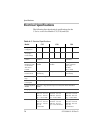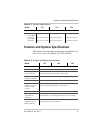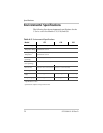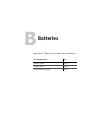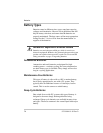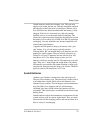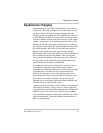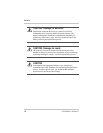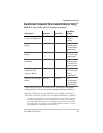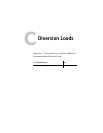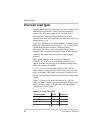
Battery Types
975-0004-01-02 Rev D 75
Vented batteries usually have battery caps. The caps may
appear to be sealed, but are not. The caps should be removed
periodically to check the level of electrolyte. When a cell is
low, distilled water should be added after the battery is fully
charged. If the level is extremely low, add only enough
distilled water to cover the plates before recharging. The
electrolyte volume increases during the charging process and
the battery will overflow if it is filled all of the way up before
recharging. Use only distilled water because impurities will
reduce battery performance.
A popular and inexpensive deep-cycle battery is the “golf
cart” battery. It is a 6-volt design, typically rated at
220 amp hours. RV and marine deep-cycle batteries are also
popular for small systems. They are usually referred to as
Group 24 or Group 27 batteries and are rated at 80 to 100
amp-hours at 12 volts. Many larger systems use L16
batteries, which are usually rated at 350 amp-hours at 6-volts
each. They are 17 inches high and weigh about 130 pounds.
8D batteries are available with either cranking or deep-cycle
construction. Purchase only the deep-cycle version. The 8D is
typically rated at 220 amp hours at 12 volts.
Sealed Batteries
Another type of battery construction is the sealed gel cell.
They do not use battery caps. The electrolyte is in the form of
a gel rather than a liquid, which allows the batteries to be
mounted in any position. The advantages are no maintenance,
long life (800 cycles claimed) and low self-discharge.
Absorbed glass mat (AGM) electrolyte batteries are also
acceptable. Their electrolyte is contained in mats between the
battery plates.
Sealed batteries reduce the maintenance requirements for the
system and are good for remote applications. They are much
more sensitive to the charging process and can be ruined in as
little as a day of overcharging.



